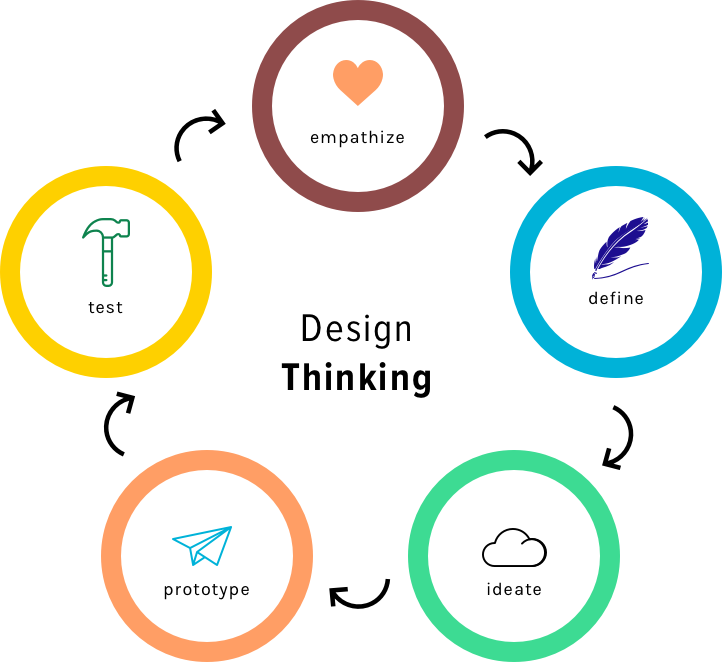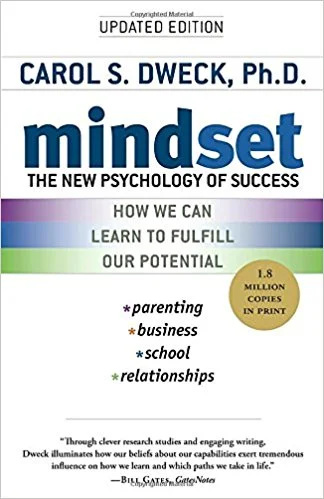Ray Kistemaker
Hi I'm Ray!
I strive to understand users’ motivations and create designs with an impact. I am driven by curiosity and the desire to innovate so you’ll find me asking a lot of questions and coming up with creative design strategies. After starting my own company, I realized the importance of designing experiences and products that delight users while meeting business goals.
Want to work with me? I'm currently taking on new projects.
You can reach me at Rjkistemaker@gmail.com
How I define UX
User experience (UX) is every touchpoint a user has with a company: everything from navigating through an app or website, to the checkout process, to the post they like on Instagram, to the email they open in their inbox. That means creating an awesome user experience happens across channels within the entire business. My job as a UX/UI designer is to advocate for the user while meeting business goals.
My DESIGN Process
When I'm designing something new I follow the design thinking process:
Empathize: Empathy is at the core of user experience design. It all starts with talking to people and understanding who they are and what they need. During this phase, I act as a detective (aka user researcher) and find the right people to talk to. Before I start the interview process, I prepare a list of questions based on things that I want to learn. Tools: User Interviews, Contextual Inquiry, Diary Studies, Surveys, Heuristic Evaluation
Define: At this time I synthesize my research to determine if there are any patterns in the data. After I've gathered information from interviews, I sift through my notes and write down important points from each conversation. I put these insights on different colored sticky notes and find a large wall to stick them to. I group similar findings into categories so that I can determine if there are any patterns in the data. The types of patterns vary. Some things I might focus on are finding common habits and pain points experienced by a group of people. If I uncover similar trends, I can start to define the problem we're trying to solve. Tools: Affinity Mapping, Card Sorting, Journey Mapping
Ideate: Solving a complex problem is one of my favorite steps in the design thinking process. During this phase, I'll lead design studios and white-boarding sessions to help a team come up with creative solutions to a problem. Whenever I lead a brainstorming session, I have a "yes, and.." mentality, which is a rule of thumb in improv that all members of the team accept an idea someone has stated and are encouraged to expand on that idea. This encourages cooperation and openness in the brainstorming phase. Tools: Design Studios, Concepting, White-boarding, User Flow Analysis, Feature Prioritization, Lo-fi Sketching
Prototype: During the prototyping phase, I'll take sketches and turn them into lo-fi wireframes in either Sketch, Axure, or Framer. I'll put together the first user flow in a prototype in InVision. Tools: Sketch, InVision, Axure, Framer, Photoshop, Illustrator, Adobe Creative Suite
Test: It's important to get a prototype in front of users as soon as possible to fix problems in the design early on. When I'm conducting usability tests, I make sure users understand we are testing software not their abilities and encourage them to talk out loud during the process. I'll set up most usability tests by asking users to complete specific tasks in a website or app. Tools: Usability Testing
High-Fidelity Mock-ups: If any design problems are uncovered during usability testing, I'll redesign specific parts of the app and retest before moving on to higher fidelity mock-ups. Tools: Sketch, InVision, Axure, Framer, Adobe Color, HTML, CSS, JavaScript, Responsive Web Design, Zeplin
Iterate: The design thinking process is something that we repeat again and again with the goal to create a product that is delightful and improves peoples' lives.
My Project Management Philosophy
1. Establish Relationships: Designers, developers, and clients
a.) Understanding the team’s workflow: how do you get your work done? Some designers and developers might like to put their head down and build something consistently for a week others might thrive in a different way. I like to understand the environment each individual feels most productive in and how they get their work done.
b.) Understanding the client - I want to know who’s involved in the project, who are the key stakeholders, who has the final say and make sure the key stakeholders are involved in the big decisions from the get-go.
2. Set Clear Expectations
a.) I like to sit down with the client at the beginning of the project and make sure I understand their expectations for the project so that we are all on the same page. What are their goals? What are they hoping to have by the end of the project? Another helpful thing to do if there are a lot of stakeholders is have everyone write down their expectations on separate sticky notes and then put everyone’s expectations on a white board and find the common patterns (if everyone’s expectations are different it opens up a good discussion).
b.) Note: you can have a vision or a plan, but we need to make sure that the client funding it and the developers building it are happy with our plan so we can work together to implement it.
3. Create a Plan with a Realistic Timeline
a.) I help the team define S.M.A.R.T goals. These are goals that are Specific, Measurable, Actionable/Agreed Upon, Relevant, and Timely. During this phase, the team will list activities that need to be completed for the project, who is responsible for each task, and the estimated time it will take to complete.
Books that have influenced my thinking
BACKGROUND
I enrolled in General Assembly's User Experience Design Immersive full-time program in Denver that focuses on Lean UX, rapid prototyping, and the design thinking strategy applied to projects with real clients. I learned the latest software and research techniques to create meaningful digital products.
Before enrolling at General Assembly, I graduated from the University of Denver with a degree in Marketing and minors in Computer Science and Film. During my time at DU, I completed coursework in digital marketing, creative programming, video production, graphic design, product development strategy, and an independent study in user research. My marketing degree helped me understand how to sell products while my film degree honed my skills in storytelling. My work in computer science has helped me understand the possibilities of what can be built. These degrees have set me up for success in the world of UX where I use creative problem solving everyday to gather insights and design unique experiences for users.
Division 1 gymnast
I competed as a Division 1 Gymnast at the University of Denver. Before competing in college, I dedicated 12 years to gymnastics practicing 6 days a week, 4-6 hours a day.
My favorite event was uneven bars. Gymnastics taught me the value of hard work, time management, delivering under pressure, perseverance and contributing to a team.
Other INTERESTS
In my free time, I enjoy surfing, rock climbing, spearfishing, and sailing. Right now I'm excited about integrating fitness with augmented reality.
Want to work with me? I'm currently taking on new projects.
You can reach me at Rjkistemaker@gmail.com







